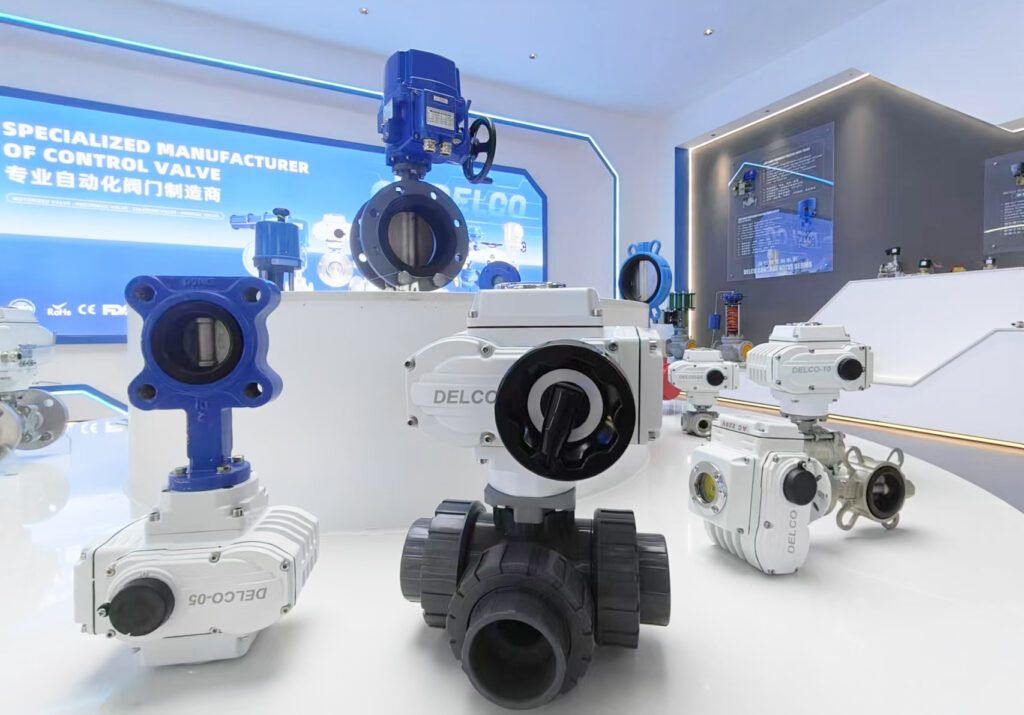BLOG
DELCO Valve Provide Various Optimal Solution For Industrial Valves, Especially For Control Valves.
TAGS
Contact Us
Common Actuation Methods for Ball Valves and Butterfly Valves
- DELCO Valve
The proper actuation method is crucial for the performance and reliability of ball and butterfly valves. Whether for industrial, commercial, or specialized applications, selecting the right valve actuation system ensures smooth operation, optimal control, and efficient functionality. DELCO, a leading brand in valve solutions, provides a range of high-quality valves equipped with advanced actuation methods to meet the diverse needs of our global clientele. In this article, we will explore the most common types of actuation for ball and butterfly valves: gearbox operation, electric actuators, and pneumatic systems.
Gearbox Operation
Gear transmission is one of the most common valve actuation methods. Due to its high gear ratio, it provides substantial output torque and ease of operation, making it a preferred choice for rotary valves. Gearboxes feature a self-locking mechanism that is particularly effective in high-torque applications, such as triple eccentric butterfly valves. In a typical operation, turning the handwheel clockwise closes the valve, while counterclockwise rotation opens it.
Electric Actuator Operation
Electric actuators use electric signals generated by motors to control valve movement, including opening, closing, or stopping mid-position. Electric actuators are favored for large or high-pressure valves due to their higher torque output compared to pneumatic actuators.
One of the key benefits of electric actuators is their simple wiring and rapid response time. Additionally, they can be fitted with remote control features, making them suitable for use in hazardous or difficult-to-reach areas. The ease of installation and versatility of electric actuators make them an excellent choice for many industrial applications.
Pneumatic Operation
Pneumatically operated valves are driven by compressed air, typically in the range of 3-8 bar. There are two main types of pneumatic actuators: single-acting and double-acting.
Single-Acting Actuators: These actuators use spring action to return the valve to either the fully open or fully closed position. They are safe, easy to operate, and ideal for control valves.
Double-Acting Actuators: Complying with the LCM standard, double-acting actuators come equipped with air regulators, solenoid valves, and piston indicators. They are known for their fast response and ensure precise interaction between the rack and pinion, even under varying pressure conditions. Double-acting actuators offer reliable and efficient valve control, with similar dimensions to spring-return models, making them versatile for different applications.
Conclusion
In summary, the choice of actuation method plays a vital role in the effective performance of ball and butterfly valves. Whether you choose the mechanical reliability of gear transmissions, the precision of electric actuators, or the responsiveness of pneumatic systems, each actuation method offers distinct advantages depending on the application requirements. At DELCO, we are committed to providing high-performance valve solutions with the most advanced actuation technologies, ensuring that our clients benefit from durable, efficient, and precise valve control for their industrial and commercial needs.



